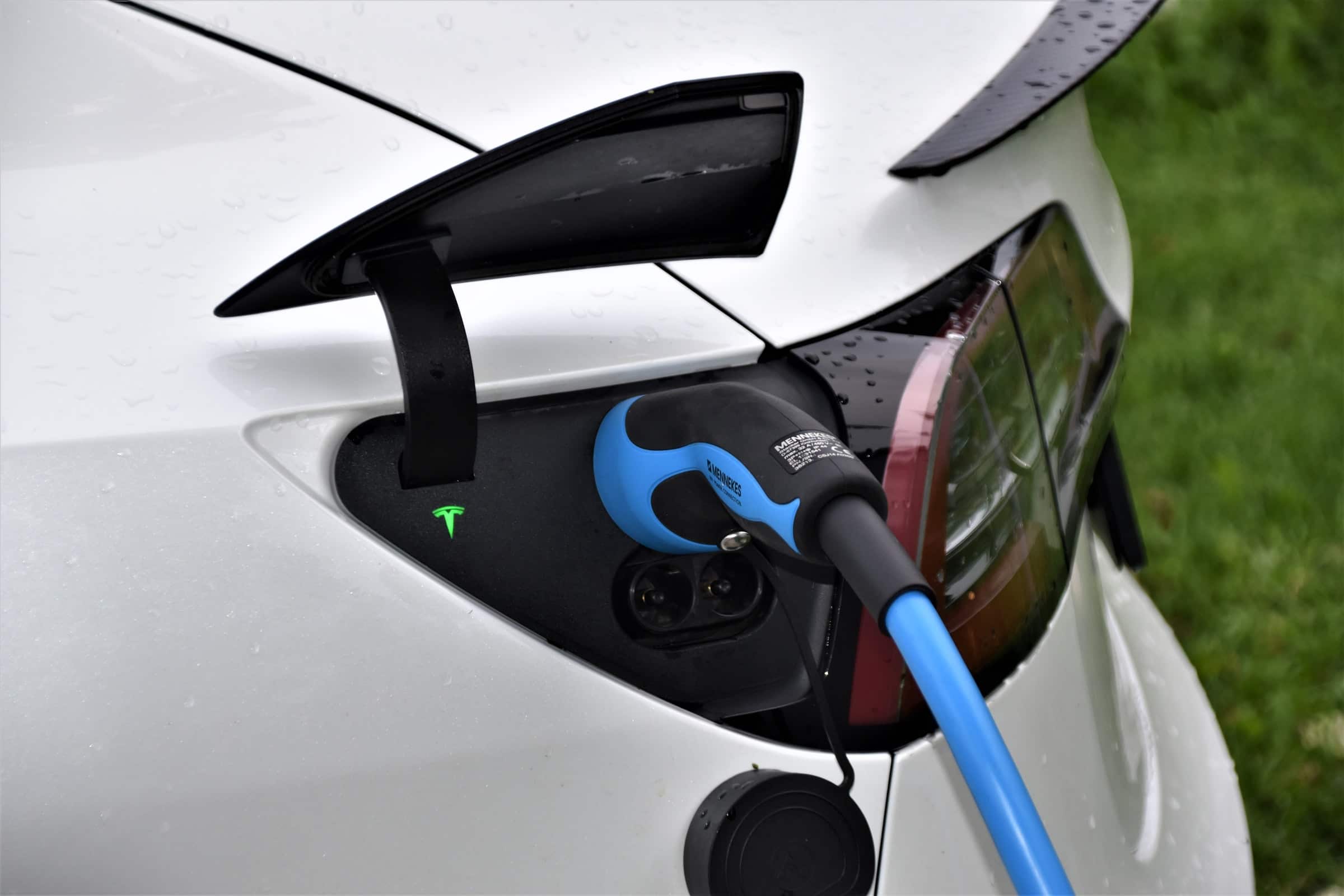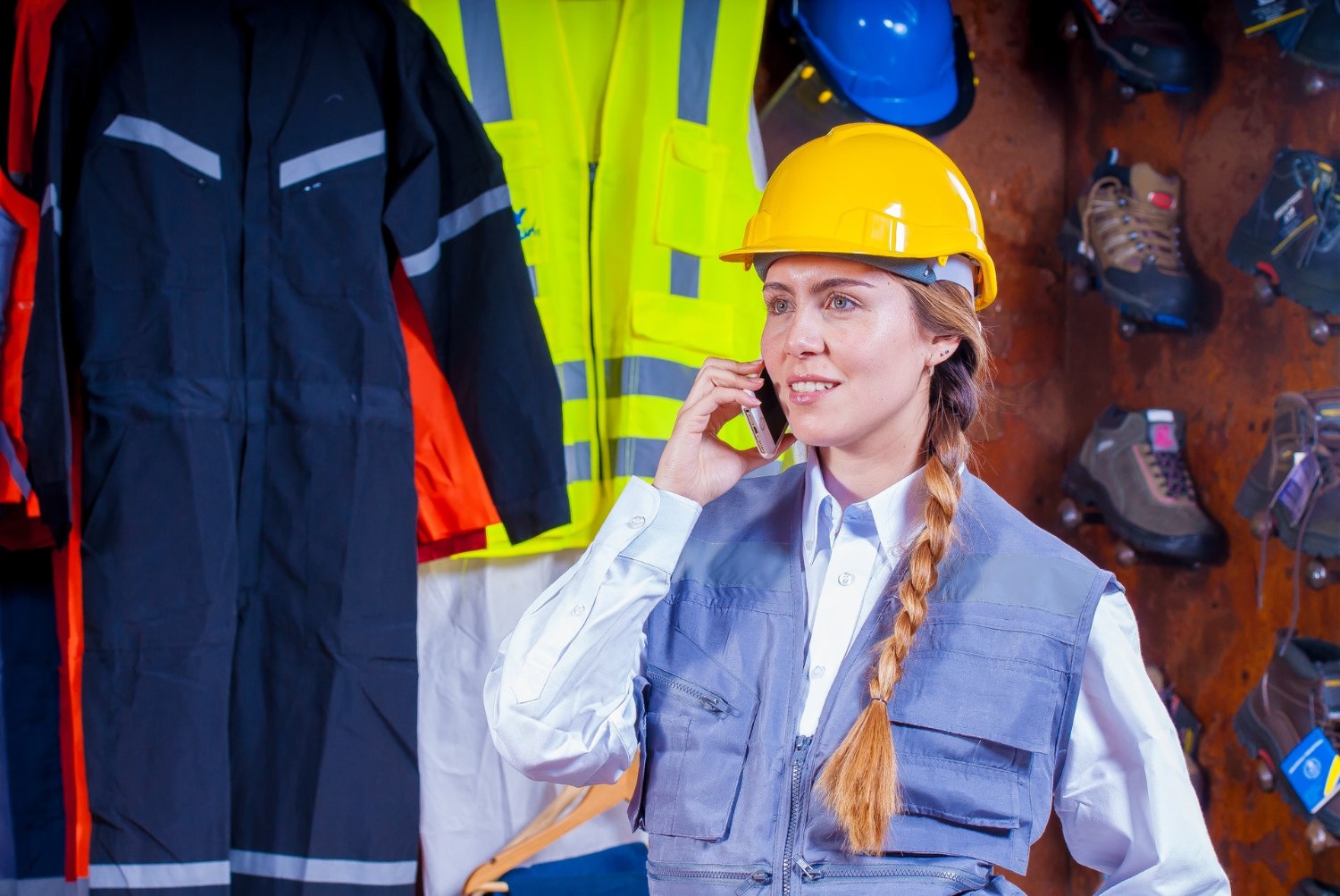Are you hoping to convince your strata to install EV chargers? It can be a daunting task, with data to gather and presentations to prepare.
Yet, with careful planning and the right guidance, a compelling pitch will help convince your strata council that EV chargers are the way forward.

After reading this blog, you’ll understand the key challenges around achieving EV charger approval, the best way to prepare for pitching the idea to your strata council, and how to convince them that installing EV chargers is in their best interest.
Let’s get started!
1. Understand the Key Challenges
At first, your strata council may view EV chargers as a cost without obvious benefits. Only a few homeowners benefit as not everyone has a battery electric vehicle. That being said, we are in a transition period where most people will replace their internal combustion engine vehicle with a zero-emission one in the next 10 years.
Consider that, although the cost of installing an EV charger will be recovered through fees, there is an upfront expenditure which needs 75% council approval. The strata will also have to update their operating budget to account for the cost of maintaining the EV chargers.
Convincing them that these costs and adjustments provide value to the strata in the short and long term is of the utmost importance.
2. Prepare the Pitch

Before you approach your strata, you need to put together a compelling argument. To do that, thoroughly research the current and future need for EV chargers in your area, and even the attitudes towards EVs in the strata. Consider the following:
What kind of charging do you need? Is Level 1 or Level 2?
Level 1 EV chargers are cheaper and easier to install, but charge vehicles slower. Level 2 EV chargers provide a powerful charge, but can be more expensive and difficult to install. If you’re not sure which one is best for your situation, check out our EV charger buying guide.
Will the EV charger be available to everyone?
Do you want one EV charger per user, or a strata-wide charger than anyone can use? Such considerations impact the number of chargers required, the suitability of charging locations, the type or charger installed, and the overall cost of installation.
Where is the best place to install an EV charger?
Chargers are typically installed in the owner’s parking stall. If you’re asking for an EV charger that the whole strata can use, verify that there is enough room in the parking lot for an EV charging stall.
You can also reduce the installation cost by using a stall close to an electrical outlet.

How many people in your strata own EVs or are considering buying one?
Ask people in your strata whether they have an EV or are considering purchasing one in the future. Point out that although there may not be many EVs in the strata at the moment, sales of EVs are rising dramatically each year. In 2019, electric vehicles represented 9% of new vehicle sales, a figure that is expected to significantly increase in the coming years.
3. Demonstrate the Benefits of Installing EV Chargers

Once you’ve gathered sufficient information about the reasons behind installing an EV charger, what type would work best for the strata, and where it would be installed, you should show your council the different ways EV chargers provide an overall benefit.
With EVs doubling in market share year-over-year, whether or not a strata has an available charger could quickly become a deciding factor for people looking to buy into the strata. Show your strata that by acting proactively, they will:
- Retain current homeowners
- Attract new home buyers
- Increase property values
- Reduce cost by taking advantage of government incentives
Rebates Reduce Overall Cost
Right now, strata councils in BC qualify for rebates on the purchase and installation of EV charging stations.
The rebate amount varies based on when the building was originally built. They can cover up to 50% of the cost of the purchase and installation of an EV charging station up to a maximum of $14,000. Each charging station is eligible for a rebate upto a maximum of $4,000.
Note this rebate only applies to existing buildings, and that new constructions are not eligible.
4. Recommend a Qualified Electrician
Reduce the amount of work your strata council has to do by suggesting an electrical contracting company to assist with the assessment of your property and installation of the charging system.

A certified electrical contractor will know what work needs to be done around installing the EV charger. By conducting a site assessment and load calculation, a qualified electrical contractor will determine how much electricity is available for charging in your building and how many electric vehicle chargers can be accommodated.
What’s important to consider is the demand for on-site charging will only grow in the coming years. So even if only two homeowners will benefit this year (as an example), that number is certain to grow. Making the right choice now eliminates the additional cost of increasing the capacity in the future.
An electrician will also provide an estimate of the costs beforehand. That way, if your strata is still sceptical about the cost of the project, an electrician can come in, assess the work that needs to be done, provide an accurate quote, and make sure no unexpected costs are incurred along the way.
At Western Integrated Home, we have a team of certified electricians with over two decades of experience. We’re qualified to work with you and your strata on the installation of EV chargers.
Final Thoughts
Pitching the idea of adding EV charging to your strata may seem like a daunting task at first. However, when broken into smaller tasks, it is an achievable feat.
Remember to focus on all the advantages that EV charging will provide the strata, and if you or your council have any doubts about the technical aspects of installing an EV charger, a certified electrician will be happy to help.
